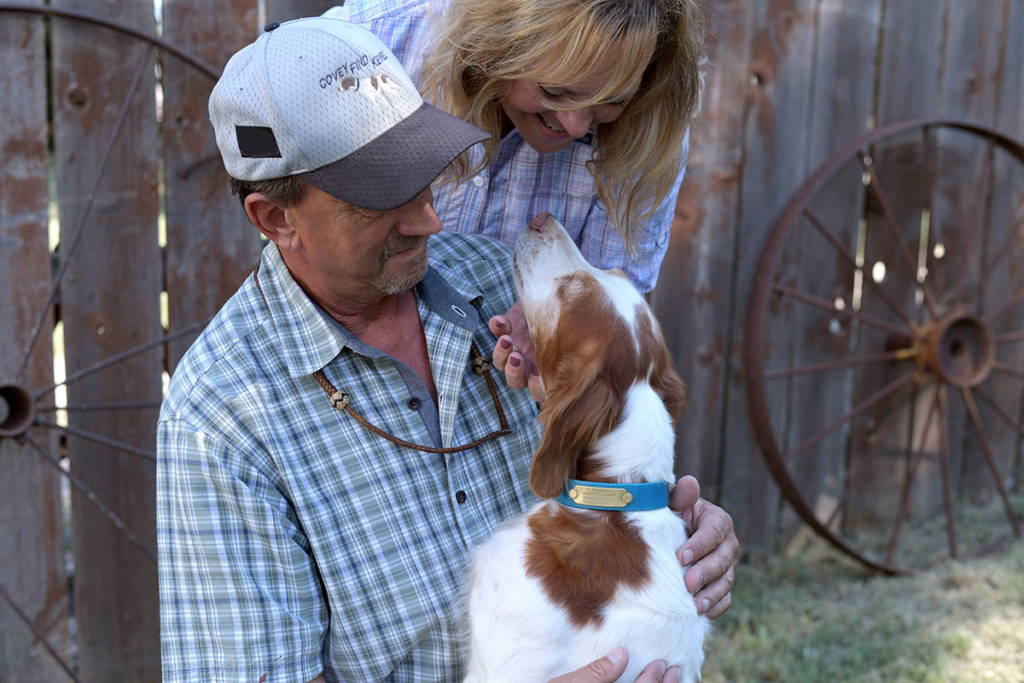Less than 20 percent of funds appropriated for state economic development programs are used the way lawmakers originally intended, according to a recent legislative post audit report.
The report, published earlier this month, determined that only 18 percent, or $7.8 million, of the $42.3 million in the Kansas Economic Development Initiatives Fund (EDIF) were used appropriately in 2018.
Created in 1986 using some of the state’s lottery proceeds, the EDIF was designed to support existing businesses and to foster new industry growth, but Sen. Julia Lynn, an Olathe Republican who chairs the Senate Commerce Committee, says instead it’s been used to pick winners and losers in the marketplace.
“It’s been a slush fund for years,” Lynn said.
As originally designed, EDIF funds were to be directed to three accounts, each with a very specific purpose. One account would be used to incent innovative Kansas companies or products by helping companies get private financing or providing state funding to high-risk companies. Another account would focus on research and development directing funding to university research to help Kansas businesses succeed or to joint projects between universities and industry seeking to create competitive products. A third account would be used to fund community infrastructure development or helping local communities pay for roads or sewers.
The report concluded that only 18 percent of EDIF funds are used for programs that align with the legislative intent of the 1986 initiative. The audit lists a few compliant initiatives, including $1.1 million provided to the Kansas Department of Agriculture for its marketing program. A $300,000 allotment directed to Kansas State University for its extension and research programs is also deemed appropriate by the report.
About 34 percent of EDIF appropriation found its way to programs that are related to economic development but don’t meet the statutory criteria for the funding. For example, Commerce directed $7.3 million to an operating grant to the commerce department itself. The department provided $600,000 in the form of a grant to public broadcasting, and $200,000 to the Governor’s Military Council, which seeks to prevent Kansas military bases from closing. Kansas Wildlife, Parks and Tourism used $1.8 million to fund the agency, including providing free hunting and fishing licenses to National Guard members and disabled veterans. The department also received $1.7 million to promote Kansas as a tourism destination, including funding travel information centers and publishing a promotional magazine.
More than $20 million of EDIF revenues was swept into the state general fund last year, and the audit concluded those funds were not likely used for economic development.
“Giving EDIF funds to specific programs is the only way to make sure they go toward economic development,” the report concluded. The report recommended creating an oversight body to ensure EDIF money is used according to state law.
In a letter to auditors, Commerce Secretary David Toland wrote that the department of commerce already goes through annual reviews in the House and Senate Commerce committees and department officials present their budgets for review and approval to subcommittees.
Those presentations never got to the crux of the matter, according to former state Sen. Karin Brownlee, who represented Olathe in the Kansas Senate from 1997 to 2011.
“When I chaired commerce, I tried my darndest to get good information,” she said. “We could never get there… The word swamp comes to mind on the Kansas level. For years, a number of us have been asking these questions, and it shouldn’t be so hard.”
Earlier this year, Lynn helped shepherd a transparency law through the legislature that now requires legislative post audit reports to analyze and evaluate the state’s economic development programs. Though she long suspected EDIF programs weren’t being used as originally intended, she was appalled to see the report. Next year, she intends to request a legislative post audit on STAR bonds.
STAR bonds allow developers to use 20-year bonds to build infrastructure for a development and use state and local sales taxes generated by the projects to pay off the debt. The incentive program was originally designed to help finance large projects that would draw out-of-state visitors from at least 100 miles away. Created in 1998, the program first helped finance the Kansas Speedway, but now it’s used for projects that aren’t considered “major, unique, destination” attractions as originally intended.
Recently, for example, the commerce department approved STAR bond usage for a pair of ice skating rinks– one in Olathe and one in Overland Park–within 10 miles of one another.
The STAR bond program will sunset in 2020 without legislative action.
“I can tell you, I don’t think STAR bonds are going away,” Lynn said. However, that doesn’t mean the program can’t be changed. STAR bonds are currently funded by sales taxes, and the state charges the largest share of sales tax. However, Lynn would like to see local governments fund a larger share of STAR bond projects. She plans to introduce a bill to adjust the share of the state’s financing of STAR bonds next year.
“That’s going to put pressure on locals to fund their own projects, and that’s going to cause a huge stir,” she said. “They’re not going to like it, but there needs to be a real discussion about what these funds are used for and what the state share should be used for.”




